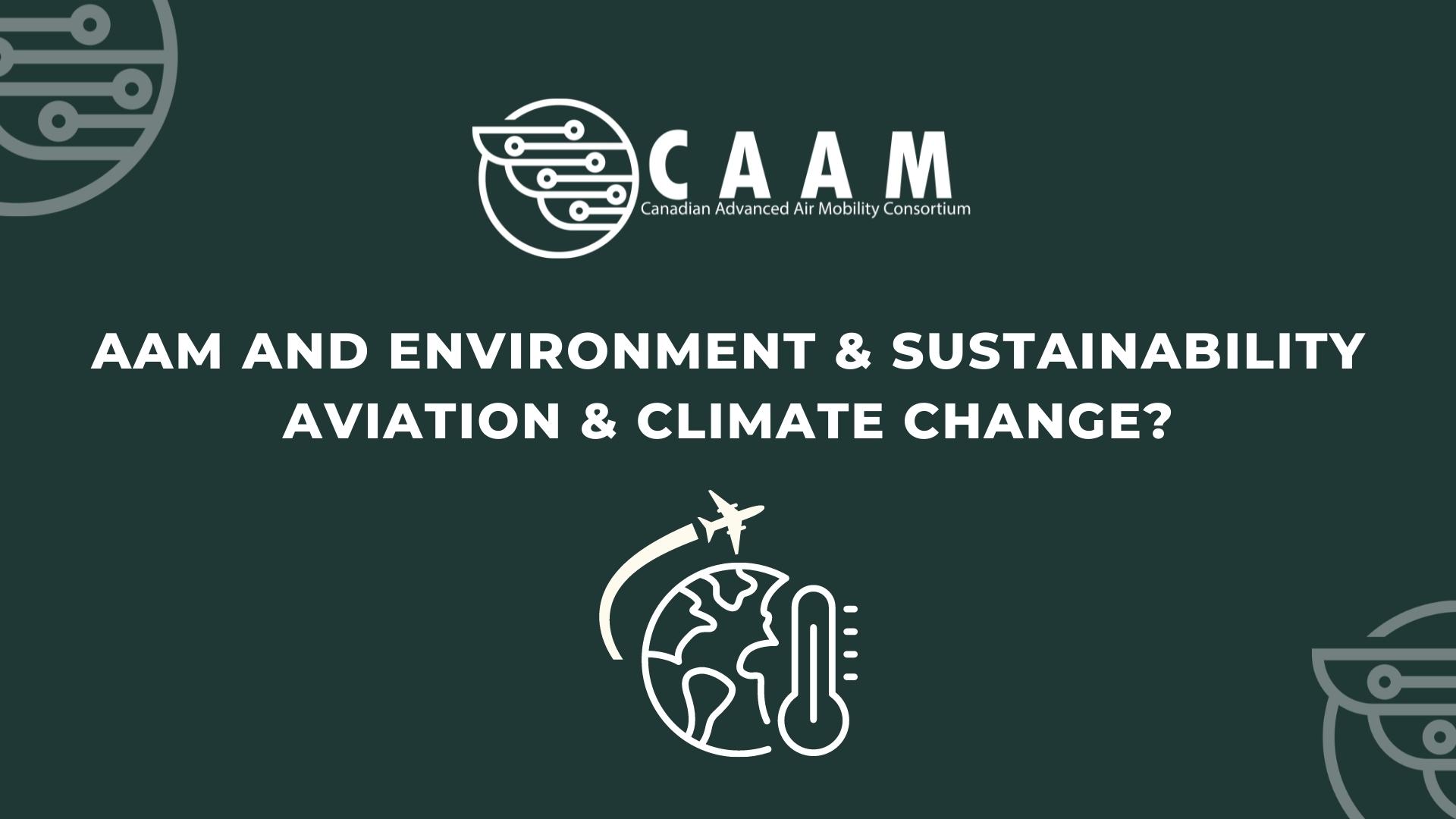 During the 2021 United Nations Climate Change Conference, COP26, countries pledged to reach the goals they set in 2015’s Paris Agreement—keep the rise in global temperature to well below 2 °C above pre-industrial levels, and limit the increase to 1.5 °C.
During the 2021 United Nations Climate Change Conference, COP26, countries pledged to reach the goals they set in 2015’s Paris Agreement—keep the rise in global temperature to well below 2 °C above pre-industrial levels, and limit the increase to 1.5 °C.
However, a study published by the research group Climate Action Tracker showed that the global temperature would rise by 2.7 °C by the end of the century with current policies. And worse, the study demonstrated that the temperature will increase by 2.4 °C if only the pledges for 2030 are implemented, by 2.1 °C if the countries achieve their long-term targets, and by 1.8 °C if they fully complete all the announced targets.
Simply put, on our current path, the world will not reach the desirable and necessary limit increase of 1.5 °C by the end of the century.
Why does aviation need to decarbonize now?
According to the International Energy Agency (IEA), “Continued airframe and engine improvements have made today’s new aircraft about 85% more efficient than the early ones that entered into service in the 1960s […].” The problem is that the sector has an unparalleled demand growth according to the IEA, “passenger activity growth averaged 6.2% per year in the past decade, and in 2019 it was projected to continue growing by 4.3% (Airbus, 2019) or 4.6% (Boeing, 2019) in the next two decades.” The unparalleled demand growth surpasses the aircraft efficiency making the International Civil Aviation Organization (ICAO) forecast a 300% increase in aviation emissions by 2050. Aviation needs to decarbonize now because it represents around 2.5% of all CO2 emissions, and with demand growing, this number will increase.
What is the leading cause of emission in aviation?
In 2010, international flights accounted for 60% of aviation emissions. The number is outside the emission reduction targets of the Kyoto Protocol, and worse, the Paris Agreement doesn’t regulate international flight emissions. And why are international flights so problematic? Because there are no alternatives. International flights are the only option to cross the globe in a matter of hours. As proved by the IEA, the other massive problem with aviation emissions is its inequality, “Whether for business or personal travel, only a small portion of the world’s population flies, and an even smaller share accounts for the majority of trips […]. Worldwide, the 16% of the global population living in the highest-income countries account for 62% of aviation CO2 emissions, while the half living in low and lower-middle income countries account for only 9%.”
Additionally, CO2 is not the aircraft’s major pollutant. As Professors David S Lee and Piers Forster show in their The contribution of global aviation to anthropogenic climate forcing for 2000 to 2018 study, CO2 represents only 34% of emissions. The other 66% comes principally from contrail cirrus and emissions of nitrogen oxides (NOx) emissions. When considering all the pollutants, not only CO2, Professor Dr. Volker Grewe affirmed that aviation is two to three times more damaging to the climate than the official numbers.
What role does aviation play in the broader climate change movement?
CO2 emissions from aviation have risen rapidly over the past two decades, reaching about 2.5% of global CO2 emissions from fossil fuel combustion. Since 2000, commercial passenger flight activity has grown by about 2.5% (5% per year), while CO2 emissions rose by 50% (2% per year). Those numbers aren’t worse thanks to operational and technical efficiency measures adopted by commercial airlines. The investment in more efficient technologies led to the energy intensity of commercial passenger aviation decreasing 2.8% per year on average. Still, even when demand is healthy (which it wasn’t in recent years due to the pandemic), only about one-quarter of airlines reap economic profits; the tight profit margin and fiercely competitive market led to improvements slackening over time. But now, more than ever isn’t the time to stop investing in more efficient aircraft.
How is CAAM approaching this challenge?
The Canadian Advanced Air Mobility Consortium (CAAM) has acknowledged that Advanced Air Mobility (AAM) offers the possibility of creating zero-emission aviation. Since day one, CAAM has worked with the Triple Bottom Line approach, which led to the release of the Vancouver AAM White Paper’s Environmental Life Cycle Analysis. CAAM’s efforts attract international attention, with ICAO mentioning the Consortium in its Innovation Driving Sustainable Aviation – November 2021 report.
By Giovani Izidorio Cesconetto


